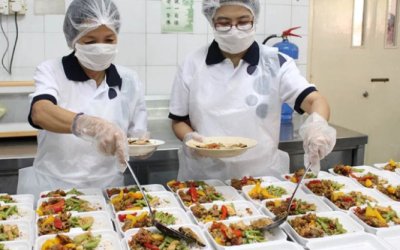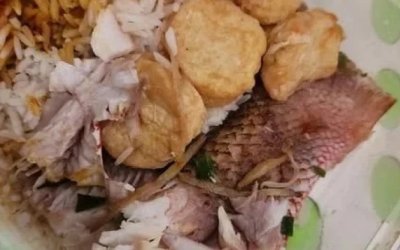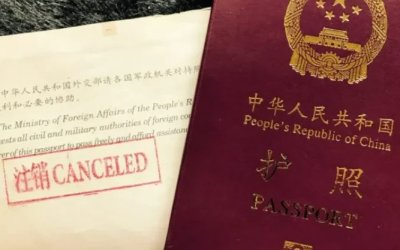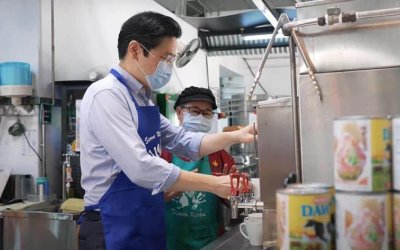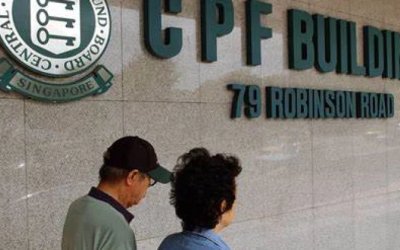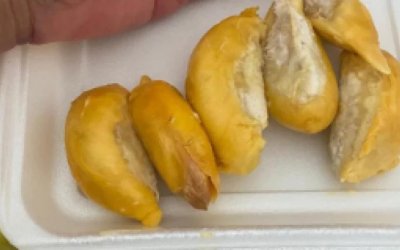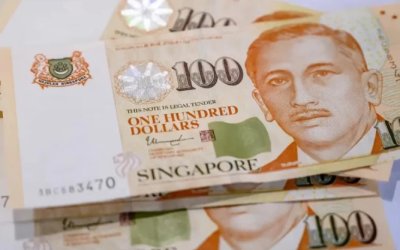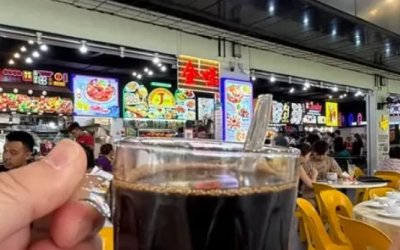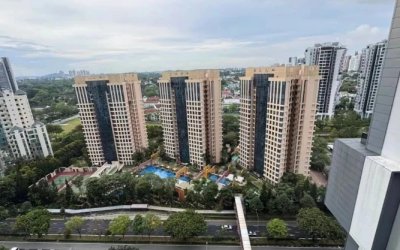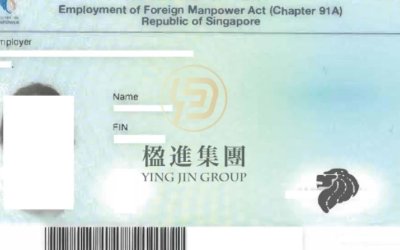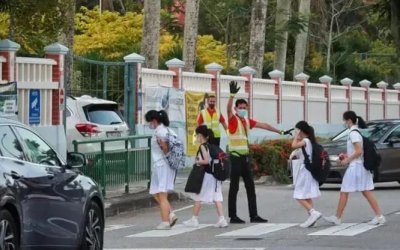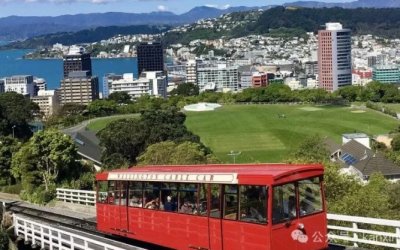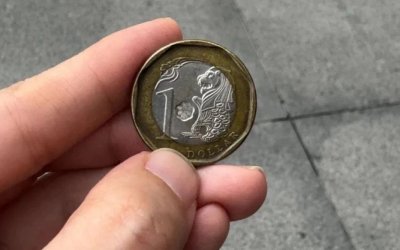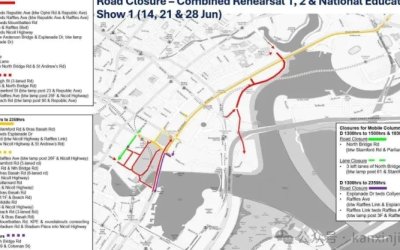Hawker culture emerged in Southeast Asian urban areas following the rapid urbanization in the 1950s and 1960s, especially in Singapore and Malaysia. They are typically found in city centers, near public housing estates or transport hubs. Instead of mobile food carts, permanent stalls in open air buildings are provided for the hawkers.
上世紀五六十年代東南亞城市化進程加快,大排檔也應運而生,在新加坡和馬來西亞尤其風靡。它們通常在市中心的居民區和交通樞紐附近紮根,和早期的流動小吃攤不同,大排檔提供了穩定的經營環境,店主有固定的敞開式門面,為門外的食客提供餐飲服務。
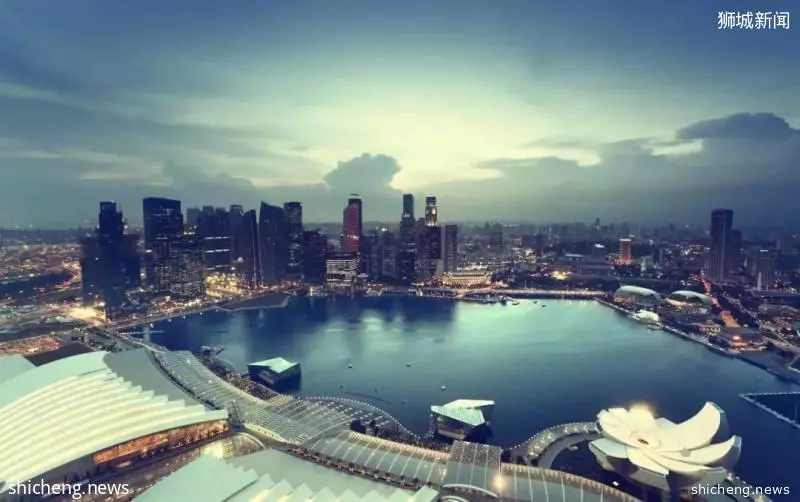
In Singapore, for example, the legislation of hawker licensing laws helps the hawkers build an organized and hygienic business. Hawker centers can provide a one-stop destination with a good variety of high quality, sanitary food at inexpensive prices for everyone.
以新加坡為例,針對大排檔制定的法規對於經營的秩序和衛生提出了要求。匯聚各類美食的大排檔形成了規模,食客可以一站式地品嘗到物美價廉的食物。
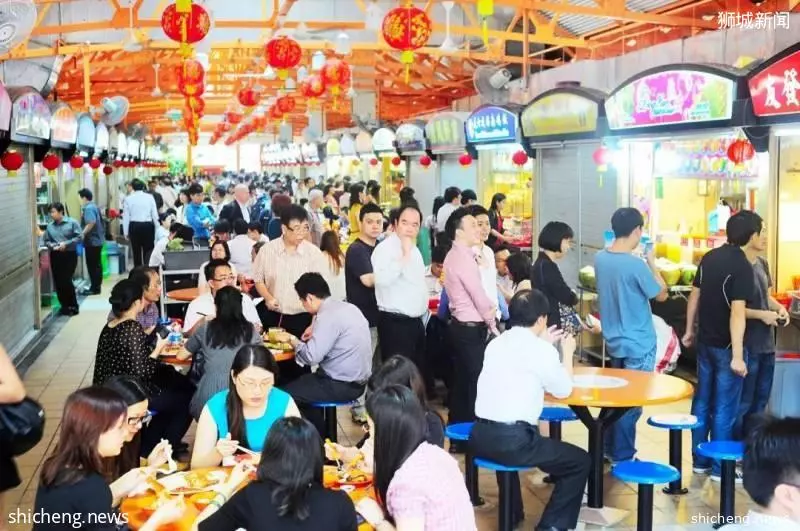
As of 2016, two Singaporean food stands, both located in hawker centers, became the first street food vendors to be awarded a Michelin Star for excellence in eating. The model Singapore established eliminated stereotypes of hawkers as cheap food sellers. Modern hawker centers are not only decked up in stylish furnishings, they also sell food commonly found in restaurants and cafes, and try to define hawker as a unique genre of local culture.
在2016年,新加坡大排檔中有兩家攤販首次入選米其林的美食指南。新加坡的規範管理幫助人們消除了對大排檔髒亂差的偏見,越來越多的新式大排檔也冒了出來。除了新潮的裝潢,它們所售賣的食物也包括往常只在中高檔餐館、咖啡廳中出現的菜品,大排檔本身儼然成為了當地人引以為傲的一種美食文化。
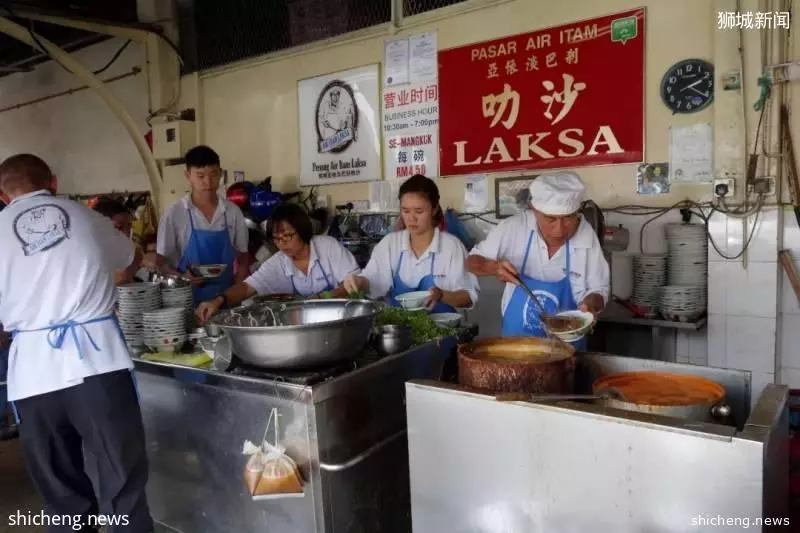
However, Singapore's bid has received some criticism from across the border. Some Malaysians have claimed that their country is a street food paradise and that Singapore's hawker version is not that special. As a response, Singapore reiterates that hawker centers serve as community dining spaces for everyone, and how it reflects Singapore's multicultural society.
然而,新加坡申遺的舉動也引起了對岸鄰國的不滿和批評。不少馬來西亞群眾宣稱馬來西亞才是真正的美食天堂,新加坡的大排檔並不是特例。作為回應,新加坡則重申本國的大排檔文化是大眾都喜愛的飲食方式,反映出了新加坡獨特的多元文化。

